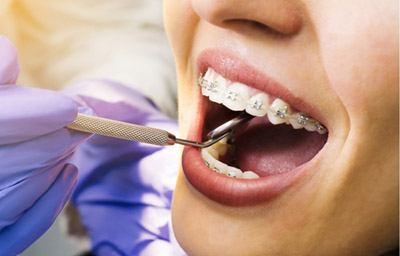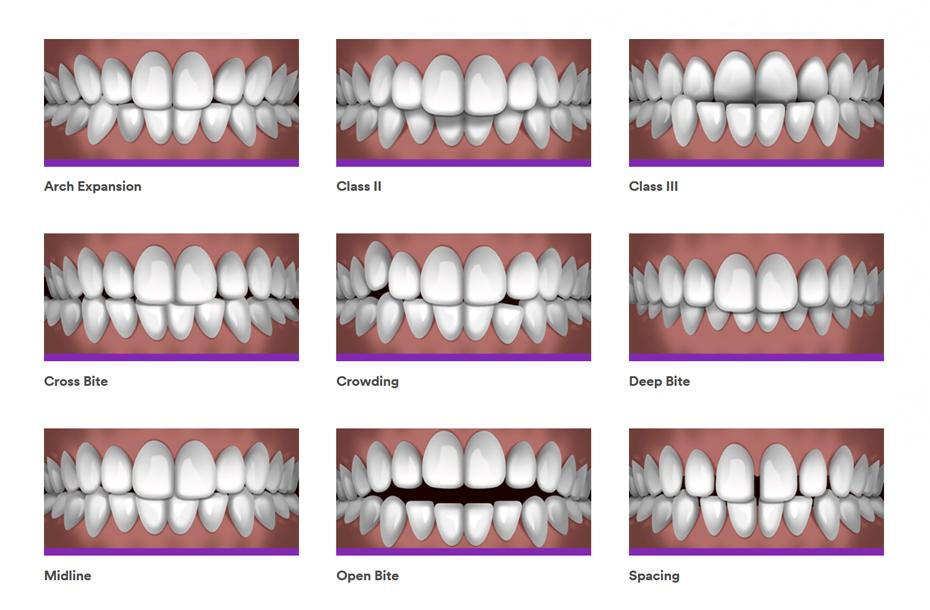Causey Orthodontics Fundamentals Explained
Things about Causey Orthodontics
Table of ContentsThe Buzz on Causey Orthodontics10 Easy Facts About Causey Orthodontics ShownCausey Orthodontics for BeginnersCausey Orthodontics for BeginnersThe smart Trick of Causey Orthodontics That Nobody is Talking About
Neglecting occlusal relationships, it was normal to remove teeth for a selection of dental concerns, such as malalignment or overcrowding. The concept of an undamaged teeth was not commonly appreciated in those days, making bite connections seem irrelevant. In the late 1800s, the idea of occlusion was important for developing trusted prosthetic replacement teeth.As these principles of prosthetic occlusion progressed, it came to be a very useful tool for dental care. It was in 1890 that the job and effect of Dr. Edwards H. Angle began to be really felt, with his payment to contemporary orthodontics specifically noteworthy. Originally focused on prosthodontics, he taught in Pennsylvania and Minnesota prior to directing his interest in the direction of dental occlusion and the therapies needed to keep it as a typical condition, hence ending up being referred to as the "dad of modern orthodontics".

The idea of optimal occlusion, as postulated by Angle and included into a classification system, made it possible for a change towards dealing with malocclusion, which is any type of variance from normal occlusion. Having a complete set of teeth on both arcs was highly sought after in orthodontic treatment as a result of the requirement for exact partnerships between them.
More About Causey Orthodontics
As occlusion came to be the crucial top priority, facial percentages and looks were neglected - emergency orthodontist near me. To achieve optimal occlusals without making use of outside forces, Angle postulated that having best occlusion was the best method to obtain optimum facial appearances. With the passing of time, it became rather noticeable that also an outstanding occlusion was not suitable when considered from an aesthetic point of sight
It became noticeable that orthodontic treatment might change mandibular development, leading to the development of useful jaw orthopedics in Europe and extraoral force steps in the US. Nowadays, both practical home appliances and extraoral devices are applied around the world with the purpose of modifying development patterns and types. Seeking real, or at the very least improved, jaw relationships had actually come to be the major purpose of therapy by the mid-20th century.
Not known Facts About Causey Orthodontics
 The American Journal of Orthodontics was created for this function in 1915; prior to it, there were no clinical objectives to comply with, neither any specific classification system and brackets that did not have attributes. Until the mid-1970s, braces were made by covering steel around each tooth. With developments in adhesives, it came to be feasible to instead bond metal brackets to the teeth.
The American Journal of Orthodontics was created for this function in 1915; prior to it, there were no clinical objectives to comply with, neither any specific classification system and brackets that did not have attributes. Until the mid-1970s, braces were made by covering steel around each tooth. With developments in adhesives, it came to be feasible to instead bond metal brackets to the teeth.This has had meaningful results on orthodontic therapies that are carried out consistently, and these are: 1. Proper interarchal partnerships 2. Proper crown angulation (idea) 3.
The advantage of the design hinges on its brace and archwire mix, which needs only minimal cord flexing from the orthodontist or medical professional (best orthodontist near me). It's aptly called after this feature: the angle of the port and density of the bracket base inevitably establish where each tooth is located with little need for added control
9 Simple Techniques For Causey Orthodontics
Both of these systems utilized the same brackets for each tooth and required the bending of an archwire in 3 airplanes for finding teeth in their desired settings, with these bends dictating utmost placements. When it comes to orthodontic devices, they are split into 2 types: detachable and taken care of. Removable devices can be handled and off by the client as needed.

Thus, virtually all modern-day fixed devices can be thought about variations on this edgewise device system. Early 20th-century orthodontist Edward Angle made a major contribution to the globe of dental care. He produced four distinctive home appliance systems that have been made use of as the basis for lots of orthodontic treatments today, preventing a few exemptions.
Causey Orthodontics for Dummies

The wire ended in a thread, and to relocate forward, an adjustable nut was used, which allowed for an increase in area. By ligation, each private tooth was connected to this large archwire (emergency orthodontist near me). As a result of its restricted series of motion, Angle was incapable to achieve specific tooth placing with an E-arch
These tubes held a soldered pin, which could be repositioned at each consultation in order to move them in position. Called the "bone-growing device", this device was theorized to motivate healthier bone growth as a result of its capacity for moving force straight to the roots. Nonetheless, implementing it confirmed bothersome actually.